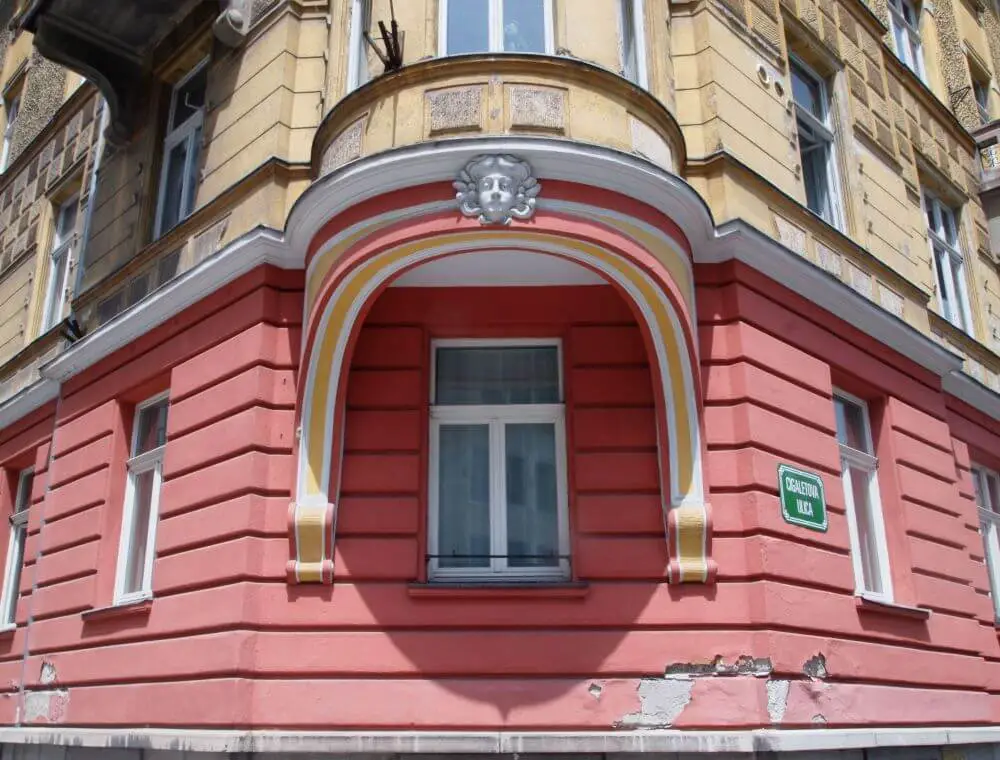June 11, 2019
Secession was a new general style that emerged in various but not all places of Europe at the start of the 20th century, following the developments in transportation and telecommunications, mass production, and expansion of the new class of wealthy. The bourgeoisie, while imitating aristocracy in its propensity to decorum, set to break up with traditional styles and historic imitations, which brought not only to variations in how this style was expressed in different cities, but also in what it was called (Secession, Art Nouveau, Jugendstil, Glasgow School, etc.)
Related: Slovenia by the Book: Let’s See the City - Ljubljana: Architectural Walks & Tours - A great book, written by two architects, that acts as your guide to the city
Secession arrived in Ljubljana about a decade after it emerged in the Art Nouveau centres of Europe. Most of Secessionist buildings were completed in the first decade of the 20th century, the majority of which can be found between the old city centre and the railway station, that is along Miklošičeva Street and around Miklošič Park. This part of the city is also known as Secessionist Ljubljana.
For visitors to Ljubljana who would like to take some pictures of this short-lived but beautiful architectural style we have listed some of the most representative examples below.
- Dragon Bridge, 1901, architect: Jurij Zaninović

- Public Baths (now City Playground), 1901, architectural studio Wilhelm Brückner & Co

- Krisper House, 1901, architect: Maks Fabiani



- Čuden House, 1902, architect: Ciril Metod Koch


- Hribar House, 1903, architect: Max Fabiani


- Dalmatinova 3 House, 1903, architect: Robert Smielowsky

- Urbanc Department Store (now Emporium Gallery), 1903, architect: Friedrich Sigmundt

- Hauptman House, 1904, architect: Ciril Metod Koch


- Deghengi House, 1904, architect: Ciril Metod Koch


- Municipal Savings Bank, 1904, architect Josip Vancaš

- Grand Hotel Union, 1905, architect: Josip Vancaš

- Regalli House, 1906, building company Faleschini & Schuppler



- People’s Loan Bank, 1907, architect: Josip Vancaš

- Catholic Printing House (now the Faculty of Law of the University of Ljubljana), 1908, architect: Alois Cantoni


- German Theatre (now the Slovenian National Drama Theatre), 1911, architect: Alexander Graf


- German House, 1914, Ernest Schäfer Architectural Bureau



- Drofenig House, also Miklauc Department Store, 1914, architect: Karl Bruennler

- Cooperative Bank, 1921, architect: Ivan Vurnik









